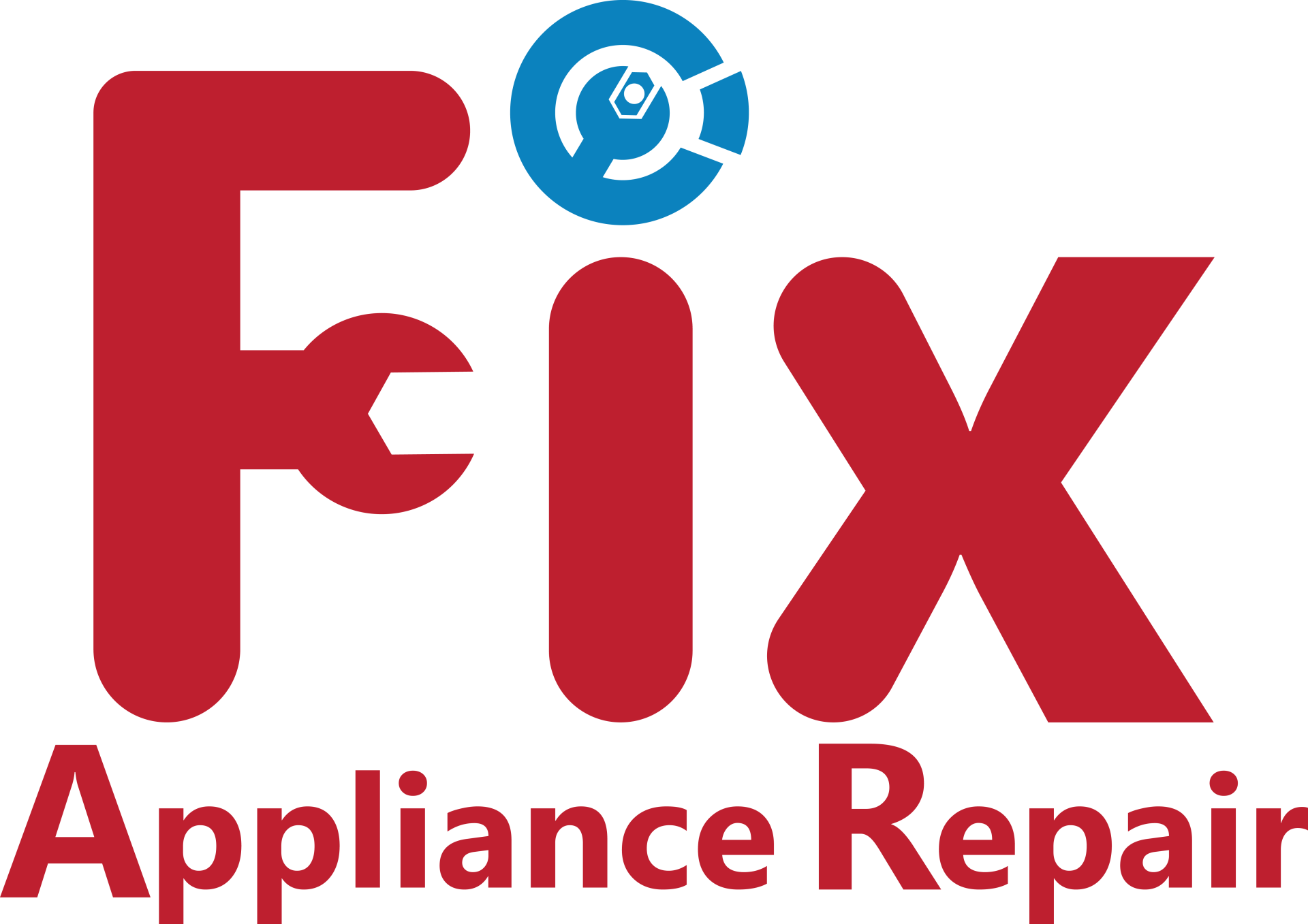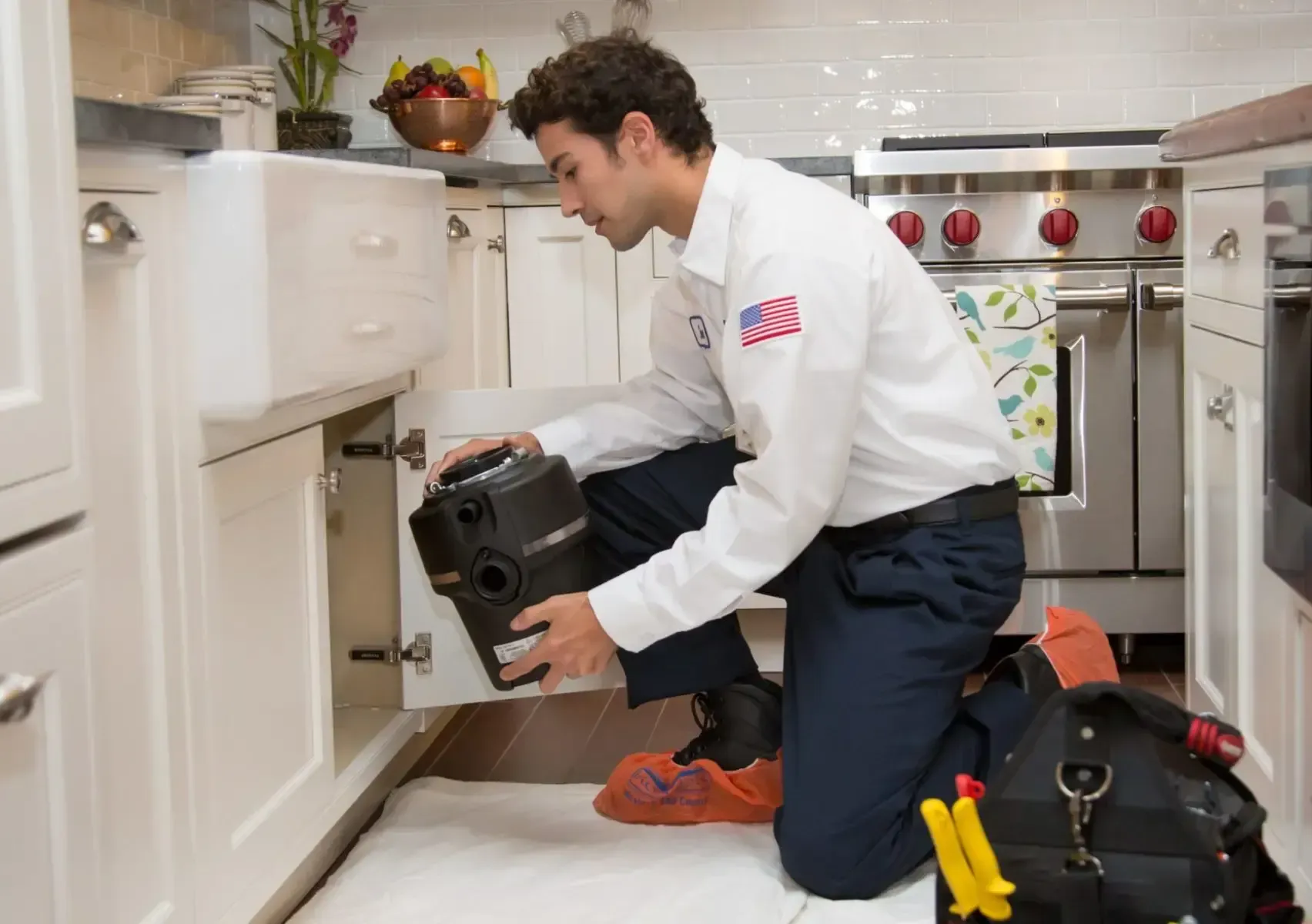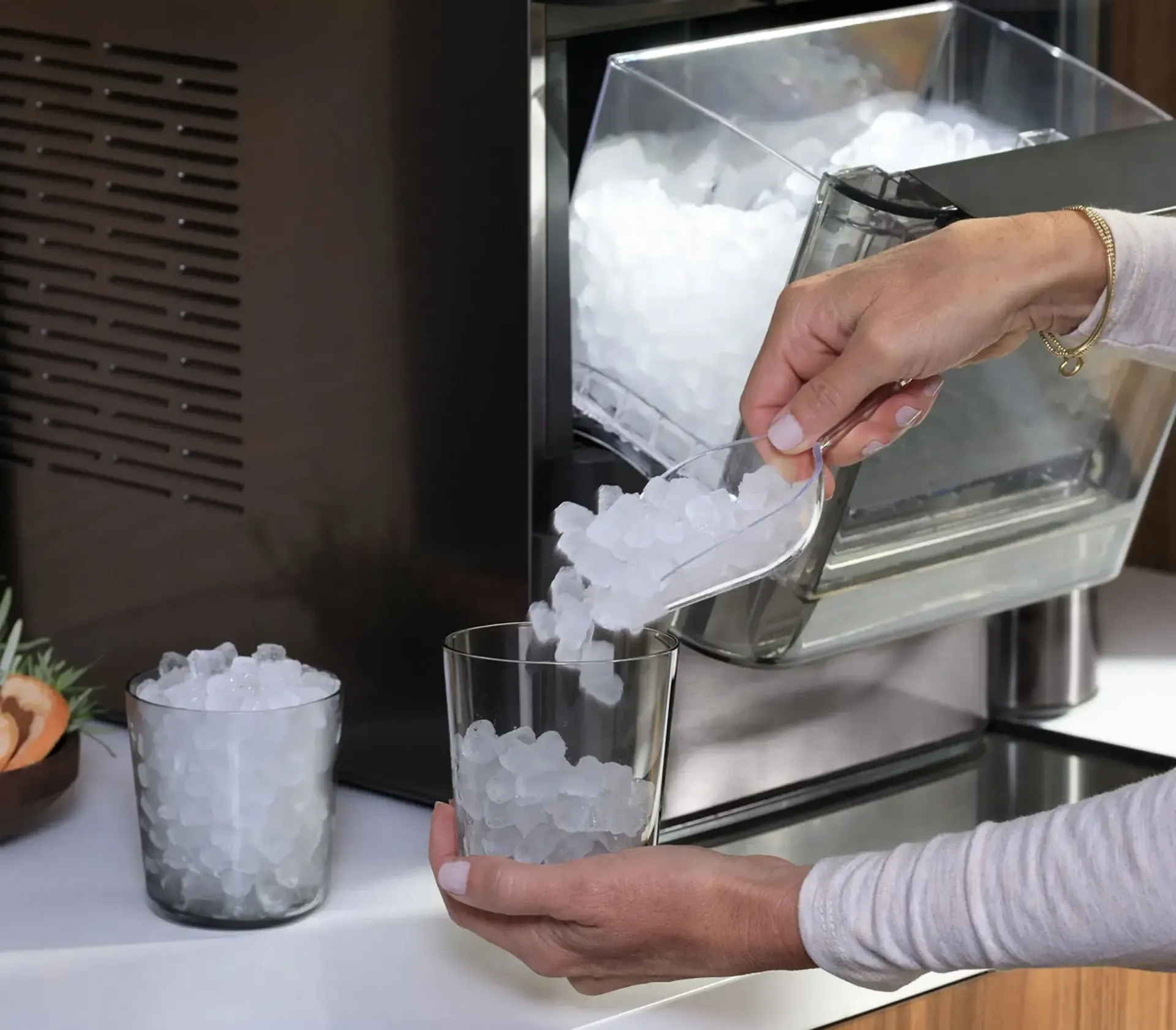Dryers are a household must-have, but when it’s not heating properly, it can be frustrating. A dryer that doesn’t dry clothes leaves you with a pile of wet laundry and even more questions. Wondering why is my dryer running but not heating? Overloading can restrict airflow, preventing heat from reaching every item. If you have a dryer blowing cold air, you may not know what to do. Relax – we’re here to help!
Top Reasons for the complaint: Why is My Dryer Blowing Cold Air?
- Wrong dryer settings
- Dyer is overloaded
- Dryer vents are dirty
- Gas valve solenoid failed
- Tipped breaker
- Blown thermal fuse
- Faulty timer
- Faulty heater element
Keep reading for details on each issue!
Common Causes for a Dryer Not Heating
A dryer not heating can usually be fixed with a minor adjustment, DIY fix, or professional repair. How do you know the right solution? The following common causes can guide your troubleshooting to the correct answer. There are a few reasons why your dryer’s not heating. The most common reasons are a clogged vent, tripped circuit breaker, or no gas flow.
Am I Using the Right Dryer Setting?
Most dryers have a variety of Automatic Cycles that adjust the heat and drying time for specific loads. When on an Automatic Cycle, the dryer senses the moisture level and dryness of the air. Once the right level of moisture or dryness is sensed, the dryer stops.
By contrast, the Timed Dry setting dries clothes for a set period, regardless of moisture level. Using the Timed Dry setting can leave certain loads damp, making it seem like the dryer won’t heat. For optimum performance, use an Automatic Cycle for most dryer loads. Reserve the Timed Dry function for a few damp items that benefit from a short drying time.
Is the Dryer Overloaded?
Overloading is one of the most common reasons for a dryer not heating and piling too many clothes in the dryer drum limits hot air circulation. When airflow is restricted, the dryer takes forever to dry clothing or requires more than one cycle to get the job done.
To prevent overloading, only fill the dryer with one wash load at a time. Ensure the dryer is no more than ¾ of the way full to allow maximum airflow.
Are the Dryer Vents Clogged?
Air circulation can also be restricted if the dryer vents are clogged. A buildup of lint and debris can cause blockages in the vent that limit airflow, elongating drying times. These blockages are more likely if the lint screen is also clogged. A clogged screen won’t be able to catch lint or other objects, causing more buildup in dryer vents.
A clogged vent can also cause the dryer to overheat, which can trip the thermal fuse. The thermal fuse acts as a fail-safe. If the dryer gets too hot, it will stop heating to prevent a fire. If you think your dryer isn’t providing adequate heat, the vents may need cleaning to restore proper airflow.
We recommend scheduling professional dryer vent cleaning at least once a year to remove any buildup that can cause clogs. Cleaning the lint trap after each drying cycle can also improve air circulation and reduce blockage.
Have the Gas Valve Solenoids Failed?
In gas dryers, the gas valve solenoids open the gas valve that allows gas flow. If the solenoids fail and can’t open the valve, gas won’t be present for the igniter to light and provide heat. If you think this might be the problem, check to see if the valve is open. If not, open it and try rerunning your dryer.
How can you tell if the gas valve solenoids are responsible for a dryer not heating? Watch the igniter as it tries to light. If it glows but goes out without igniting the gas, the solenoids have likely failed. Even if only one solenoid has failed, it’s recommended that all of them are professionally replaced.
Has the Circuit Breaker Tripped?
Another common reason for a dryer not heating is a tripped circuit breaker. Electric dryers have two breakers, one that powers the drum and the other that powers the heating element. They can be tripped independently, so if the heating element breaker trips, it would cause the dryer not to heat. Reset your breaker and test your dryer again.
How Can I Fix My Dryer That’s Blowing Cold Air?
Other common reasons that can cause your dryer to blow cold air are a faulty thermal fuse, faulty timer, or a broken heating element.
Has the Thermal Fuse Blown?
As we mentioned, the thermal fuse is a safety device that trips when the dryer gets too hot. If this happens, it will cause the dryer to stop heating.
While a fuse can blow if faulty, overheating is the most likely cause. Since clogged dryer vents commonly cause overheating, we recommend checking the vents for blockages if the thermal fuse blows.
Is the Timer Faulty?
If your dryer is not heating, it may have a faulty timer. The mechanical timers in some models will keep going until they become too hot and trip the thermal fuse on their way to completing an entire cycle of drying clothes.
Is My Dryer Heating Element Defective?
Electric dryers have a heating element to heat the air inside the drum. Over time, the heating element can burn out and will no longer receive current or produce heat. If the heating element fails, the dryer will continue to spin, and the cycle will complete, but it won’t be hot enough to dry the clothes. A professional should replace a broken heating element.
The dryer experts at Fix Appliance Repair can fix any problem. Call us for all your laundry appliance concerns!



